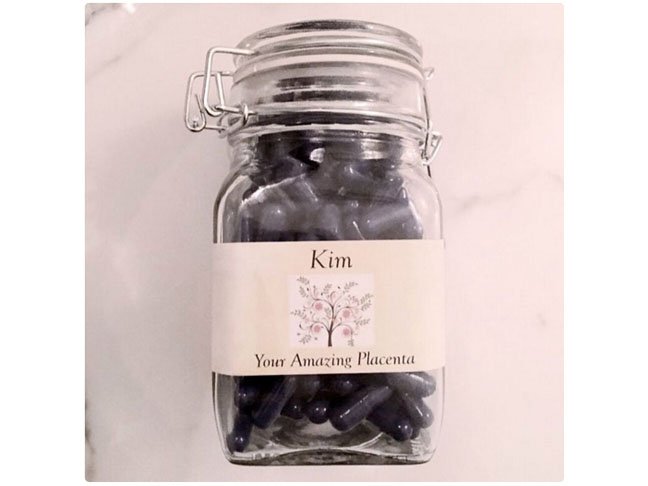That A-listers like Victoria Beckham and Harry Styles spend $500 on sheep placenta facials is pretty dedicated, but for celebrities like Kim Kardashian, Gaby Hoffmann, and January Jones, that ain’t nothin’. That’s right, I’m talking about human placenta and all the things you can do with it.
Though Kim K. may be the most famous mom in Hollywood to encapsulate her placenta…







